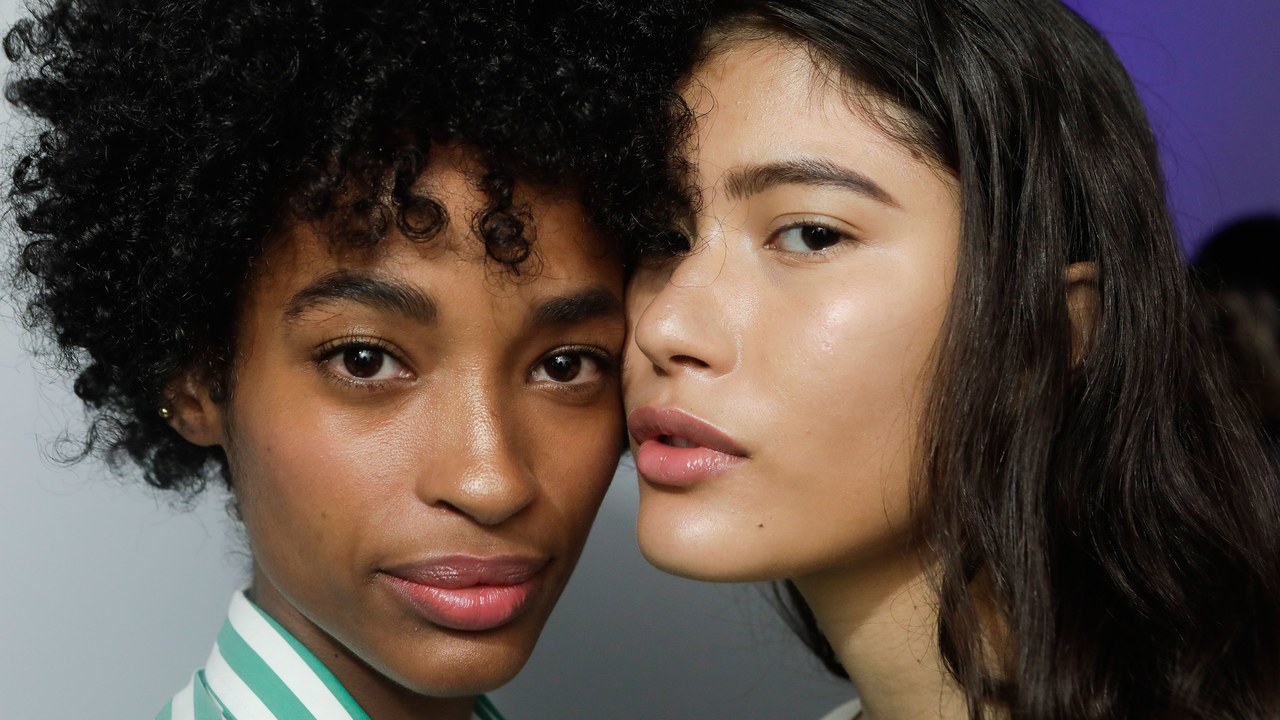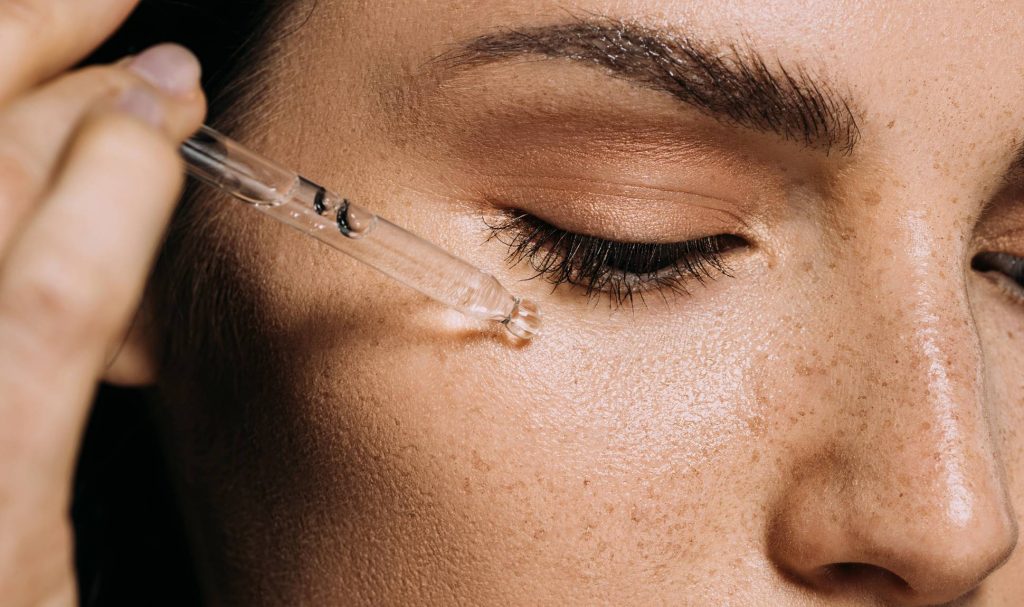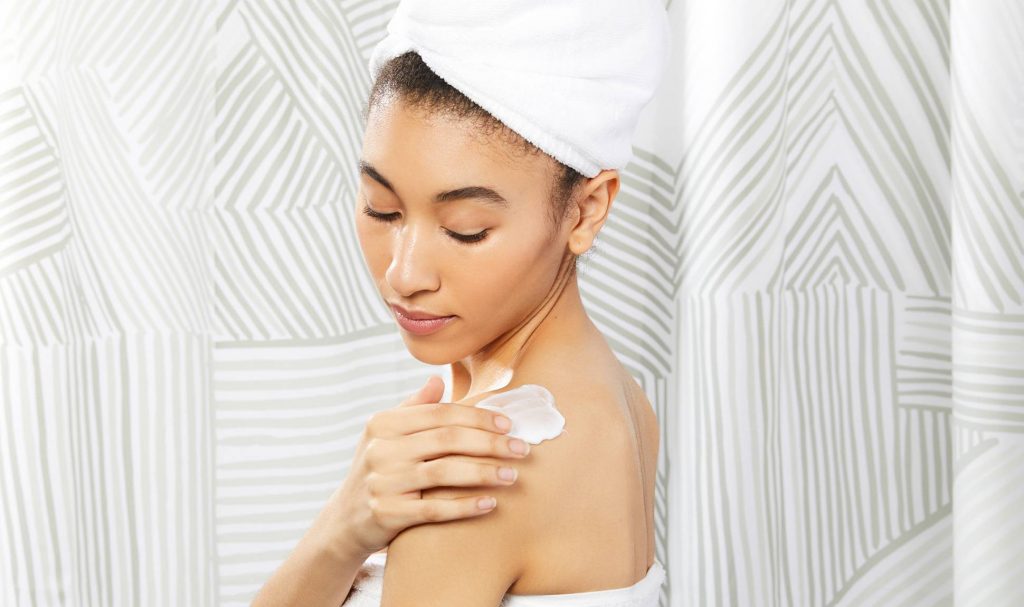Blackheads, much like cockroaches, are the worst for this very reason: Every time you squeeze one of them away, you find dozens more to tackle. (How’s that for a fun visual?) As satisfying as that squeeze may be in the moment, the peskiness of blackheads can wear on anyone. They just keep. Coming. Back. In search of answers, we turned to top dermatologists to find out how to get rid of them — for good.
First things first, what exactly are blackheads?
Before you go about trying to rid your skin of blackheads, it helps to first understand what they actually are. “Blackheads are just an oxidized mix of oil and dead skin cells that are sitting in pores, [and] the exposure to air is what causes them to oxidize and turn black,” explains Rachel Nazarian, a dermatologist of Schweiger Dermatology Group in New York City.
The technical name for a blackhead is an open comedone (and comedone is the scientific term for an acne lesion). There are two different types of comedones: Open (blackheads) and closed (whiteheads). As Shari Marchbein, a board-certified dermatologist and clinical assistant professor of dermatology at New York University, explains: “[Blackheads] are characterized by a dilated opening of a hair follicle, caused by the build-up of sebum, which is oil, P. Acnes bacteria, the primary bacteria responsible for causing acne, and inflammation.”
In other words: A blackhead is essentially a hair follicle that’s so blocked up with dead skin cells, oil, and bacteria that it becomes a wide opening at the surface of the skin. When all of this gunk hits the open air (because of the wide opening), it oxidizes and turns the color black.
Despite their off-putting color, blackheads have nothing to do with dirt. “Having [blackheads] is not a sign that you’re too dirty,” Nazarian says. So, at least that’s good news. The bad news, for some, is that there is a genetic component to blackheads, meaning that certain people are more prone to developing them, although the underlying reason for this isn’t yet fully understood.
How do you treat blackheads?
When it comes to getting rid of blackheads, or any type of acne for that matter, there are two ways you can go: You can DIY at home, or, for more severe or persistent cases of acne, you can see a dermatologist. The best plan of action for you will depend on a lot of different factors, of course, but here are the best over-the-counter and prescription treatments to look out for, per top dermatologists.
1. For mild blackheads, try a salicylic acid scrub
“If you have blackheads, your go-to ingredient should be salicylic acid,” explains Joshua Zeichner, director of cosmetic and clinical research at Mount Sinai Hospital in New York City. “This beta hydroxy acid helps remove excess oil and exfoliate the cells from the surface of the skin.”
The best way to utilize salicylic acid? Try a gentle face scrub, which acts as a sort of one-two punch for combatting blackheads, providing double the exfoliation powers. “The combination of physical exfoliation from the scrub, along with chemical exfoliation from the salicylic acid, can help keep the pores clear,” Zeichner says.
A couple of our favorite salicylic acid scrubs include the St. Ives Blackhead Clearing Green Tea Scrub and Clinique’s Blackhead Solutions 7 Day Deep Pore Cleanse & Scrub.
However, you won’t want to exfoliate with a scrub every day. The general rule of thumb is three times per week for oily or combination skin, and just once weekly for sensitive skin, Marchbein says. On the days you don’t use a scrub, swap in a gentle salicylic acid-containing cleanser, like Neutrogena’s Acne Proofing Gel Cleanser, which contains 2 percent of the ingredient, or Murad’s Clarifying Cleanser, which is formulated with 1.5 percent salicylic acid.
2. Try a Clarisonic brush
Electronic skin-care devices, like the beloved Clarisonic brush, aren’t just hype — they really do cleanse your skin much more thoroughly than your fingers alone. “Just be sure not to overdo it because irritation from the cleansing brush can flare up other acne,” explains Jeremy Fenton, a dermatologist in New York City.
What classifies as overdoing it? “One or two times a week should be sufficient,” Fenton says. FYI: Clarisonic’s latest gadget comes with a gentler brush head (and lets you know when it’s time to switch it out).
3. For more stubborn blackheads, go with a retinoid cream
“Retinoids can help treat blackheads and clogged pores by reducing the stickiness of the cells that clog pores, as well as speeding up the rate at which the skin turns over and regenerates,” Marchbein says. While there are many retinol myths out there, the underlying truth about the ingredient is that the right percentage and regimen can totally transform your skin — and that includes helping to keep blackheads at bay.
If you have sensitive skin, go with an over-the-counter retinoid cream, such as SkinCeuticals Retinol 0.5% Refining Night Cream or RoC Retinol Correxion Sensitive Night Cream.
For peskier cases of blackheads, prescription retinoid creams typically do the trick. “Prescription retinoids such as tretinoin, Retin A micro, or Tazorac can be effective,” Marchbein says.
Another New York City-based dermatologist, Sejal Shah of SmarterSkin Dermatology in New York City, agrees, saying that “topical retinoids are my first-line recommendation” for clearing up blackheads.
4. For severe cases, oral acne medication may be necessary
When all else fails, your dermatologist might prescribe an oral medication to help clear things up. “If topical medications are not doing the job, medications like birth control pills and spironolactone decrease oil production and can effectively treat blackheads,” says Zeichner. “They will get rid of blackheads and prevent new ones from showing up in the future. But these medicines are reserved for people with more than just the occasional blackhead; they are more for people with moderate to severe acne.”
Both oral contraceptives and spironolactone work on a hormonal level to help decrease oil production in the skin.
5. Lastly, don’t forget to moisturize
We’ve said it before and we’ll gladly say it again: Moisturizing is a crucial step in any skin-care routine — even if you’ve got acne-prone skin. Why, you ask? “All of these methods may strip oils from the skin and be drying,” Fenton explains. “It’s important to maintain the right balance in the skin, and moisturizing will allow you to continue using exfoliating products without any issues.”
Pro tip, especially for those with sensitive skin: If a retinoid cream is too drying, try applying it over moisturizer (or even between layers of moisturizer). Always use non-comedogenic moisturizers, which are formulated specifically to not clog your pores.




